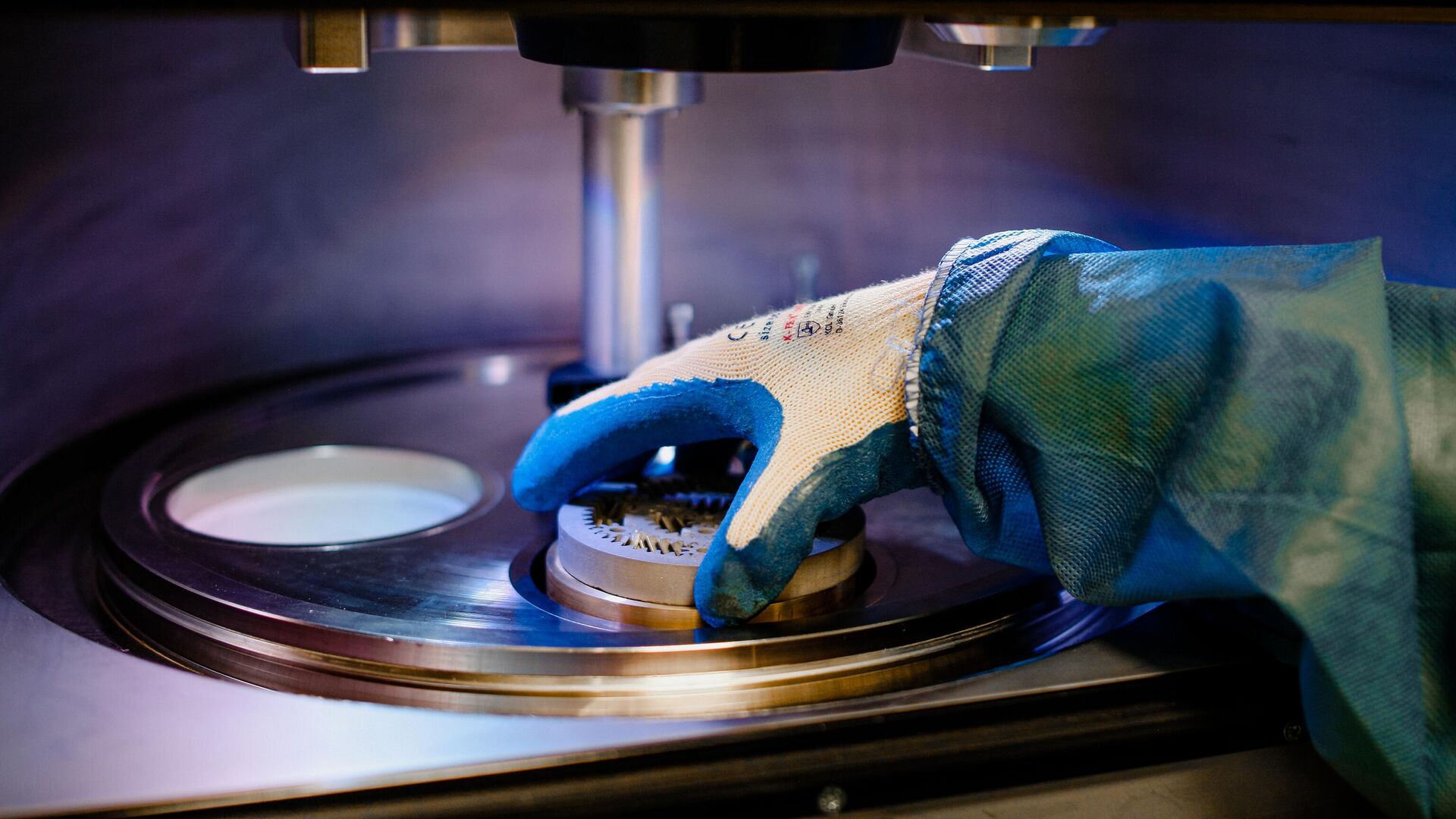
MOSCOW, December 12 UrFU scientists have described the processes of magnetization reversal of nanocrystalline alloys, which are used as starting materials for 3D printing of magnetic systems. In their opinion, the development will increase the efficiency of creating high-tech devices for robotics, electric transport and electronics. The results were published in the scientific journal Journal of Magnetism and Magnetic Materials.
Permanent magnets are products made from hard magnetic materials that can maintain a magnetized state for a long time. They are used as autonomous sources of magnetic field to convert mechanical energy into electrical energy and vice versa. Applications for permanent magnets include robotics, magnetic resonance imaging, wind turbines, electric motors, mobile phones, high-quality speakers, household appliances and computer hard drives.
< /span>
The use of permanent magnets makes it possible to reduce the size of some products and increase their efficiency. The development of energy and robotics, miniaturization of high-tech devices, electric and hybrid vehicles require an annual increase in the production of permanent magnets and improvement of their magnetic properties. At the same time, one of the most important tasks when creating permanent magnets is to increase their coercive force (the value of the external magnetic field strength necessary to completely demagnetize a ferro- or ferrimagnetic substance).
In 2020, a group of physicists The Ural Federal University (Ural Federal University) and the Institute of Metal Physics (IPM), together with foreign colleagues, were the first in the world to synthesize permanent magnets with high coercivity using 3D printing without the use of heavy rare earth metals.
< /span>
The research opened the way to obtaining effective permanent magnets of any given geometric shape using additive technologies. The basis for the manufacture of magnets was powders made from a nanocrystalline alloy of neodymium, iron and boron.
The advantage of an alloy of neodymium, iron and boron is that magnets made from this alloy are capable of storing more “magnetic” energy at room temperature than any other type of magnet, and also do not contain expensive cobalt.
UrFU scientists set themselves the task of determining the influence of various microstructural features of a magnet on its properties, which would make it possible to purposefully synthesize magnets with improved properties. They refined their understanding of the magnetization reversal processes of nanocrystalline alloys. In addition, they explained why the so-called exchange-coupled alloys cannot surpass the current permanent magnets in their properties, said Alexey Volegov, associate professor of the Department of Magnetism and Magnetic Nanomaterials at UrFU.
“We proposed a model for changing the parameters of a material near the contact of grains, which perfectly describes experimentally observed properties. Studies on similar topics appear from time to time, but we were the first to describe experimentally observed properties using physically based approaches,” said Volegov.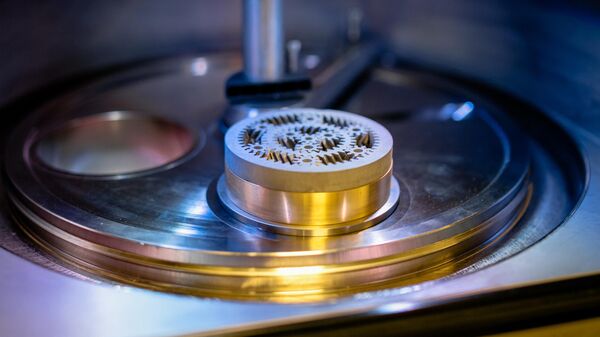
1 of 4
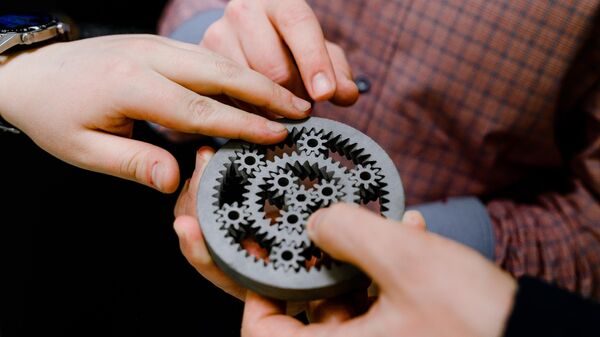
2 of 4

3 of 4
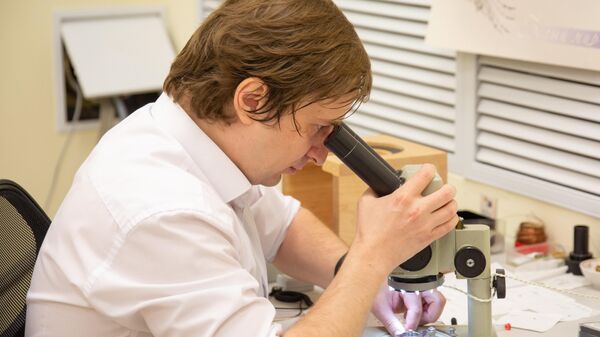
4 of 4
1 of 4
2 of 4
3 of 4
4 of 4
According to him, the results obtained will form the basis for the creation of magnetic systems that will make it possible to make high-tech devices smaller, lighter and possibly cheaper. Also, nanocrystalline materials can serve as the starting material for 3D printing of permanent magnets.
In the future, scientists plan to study the processes of magnetization reversal of samples after 3D printing from these powders and find ways to obtain magnetic properties at the level of produced permanent magnets.
Work was carried out with financial support from the Russian Science Foundation.




















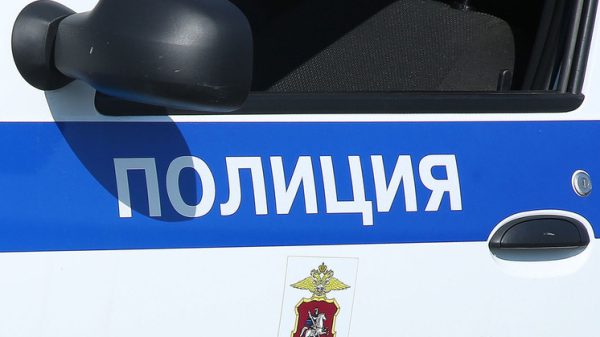






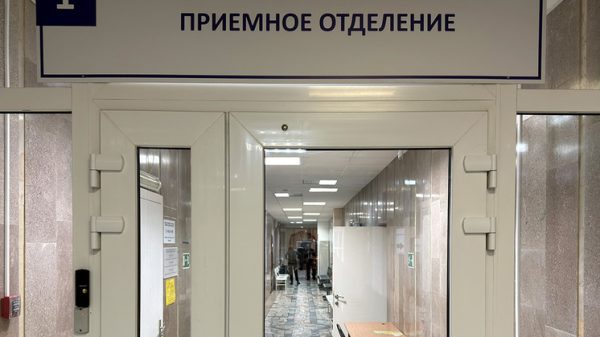















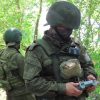
















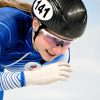


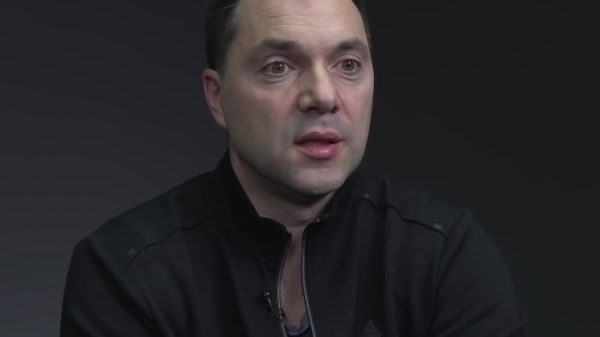



Свежие комментарии